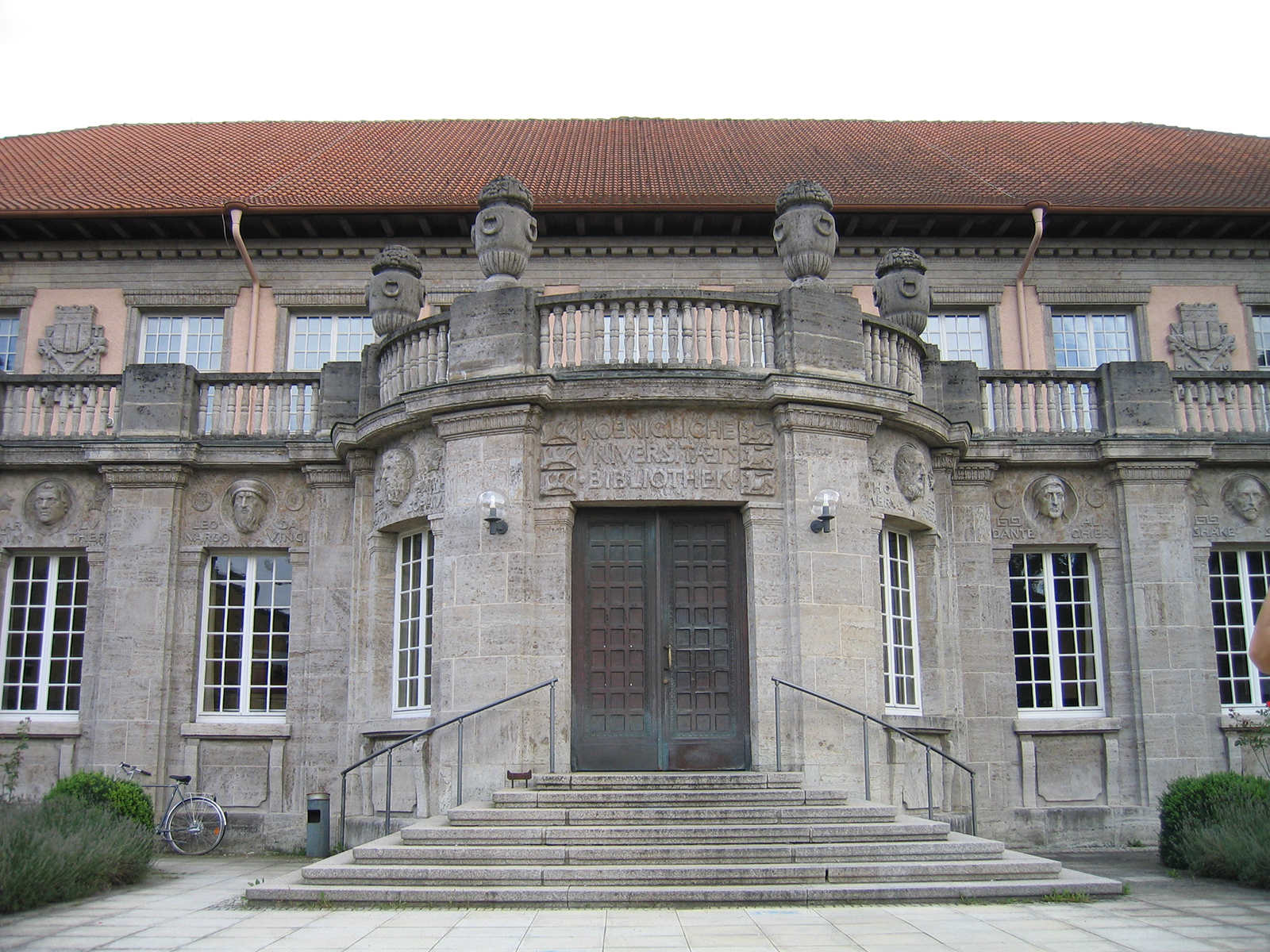University of Tübingen: University of Tübingen carried out excavation on burial ground X
Scientists from the University of Tübingen carried out an excavation on the so-called burial ground X of the Tübingen city cemetery on Wednesday. The aim was to obtain clarity about the whereabouts of the mortal remains of underage victims of Nazi euthanasia. A total of four marble containers and two urns were found during the excavation. It is still unclear whether the finds, including body parts embedded in glass or paraffin, can be partially assigned to the said victims.
After being recovered, the finds were brought to the university’s clinical anatomy department, where they will be examined by experts in the coming weeks. The University of Tübingen brought together scientists from various institutions, including Harvard Medical School, the Natural History Museum in Vienna, Oxford Brookes University and the Technical University of Munich. Tübingen archaeologists led by Professor Natascha Mehler carried out the excavation and subsequent exhumation. They were supported by employees of the Tübingen Cemetery Administration and the Anatomical Institute.
“The existence of the four marble containers and the two urns was known to us from the files,” said Professor Benigna Schönhagen, head of the research project on Cemetery X, “Contrary to expectations, we were not able to discover any additional, previously unknown vessels during the excavation .” However, it cannot be ruled out that body parts from victims of Nazi euthanasia were found in the four marble containers recovered on Wednesday. Their content must now be examined in detail.
As early as 1988/89, the university had been confronted with the fact that micro and macro specimens of people from the Nazi era were still in various medical teaching collections. The university then set up an external investigative commission to take stock of the situation. In its final report, which was presented in the summer of 1989, the commission recommended that all specimens from the period between 1933 and 1945 be removed from the Anatomical Institute and all other medical facilities of the university and buried in a dignified manner, in the event of their death being connected to Acts of violence or persecution by the Nazi regime could not be ruled out. The burial on burial ground X took place on July 4, 1990 in a small circle. A public memorial service followed on July 8. According to a status report that the then university president Adolf Theis sent to the Baden-Württemberg Ministry for Science and Art on the day of the burial, two urns and “four marble containers with glass slides” were buried. So far, however, it remains unclear what was in which container and from which institute the buried specimens came.
In early 2021, the British medical historian Professor Paul Weindling expressed the suspicion in a specialist article that those responsible at the university also buried the remains of underage euthanasia victims in burial ground X of the Tübingen city cemetery in July 1990. At the time, the process was kept secret from the public and also from the external commission of inquiry. An initial review of the files in the university archive by Professor Schönhagen in the course of 2021 provided further evidence that confirmed the suspicions expressed by Weindling. As a result, the university applied for an exhumation from the university town of Tübingen at the end of 2021 with the aim of finding the preparations and identifying the victims by name.
According to Weindling’s research, the mortal remains of the euthanasia victims come from the so-called Wiesengrund children’s department in Berlin-Wittenau, where a large number of mentally ill children were murdered during the Second World War. Doctors working at the facility removed the brains of the killed children and prepared them for research purposes. The pathologist Berthold Ostertag, who worked for Wiesengrund, is said to have brought the brain preparations from a total of 106 victims to Tübingen after the war. After the end of the war, Ostertag established the Institute for Brain Research at the University of Tübingen and headed it until his retirement in 1964. Weindling bases his research largely on statements by Ostertag’s successor at the head of the Tübingen Institute for Brain Research, Professor Jürgen Peiffer,
The grave field X of the Tübingen city cemetery served as a burial ground for the Anatomical Institute from 1849 to 1963. From 1952, the university town of Tübingen gradually transformed it into a memorial site where the dead have an eternal right to rest. Several hundred victims of the Nazi tyranny are buried in burial ground X. They come not only from Germany, but from large parts of Central and Eastern Europe: prisoners of war, forced laborers and victims of the Nazi judiciary. In 1990 the university also donated a memorial stone. The burial ground X stands symbolically as a memorial for the Nazi victims and as a memorial for the Nazi tyranny. The city and university have been jointly funding a research project since 2020 with the aim.

